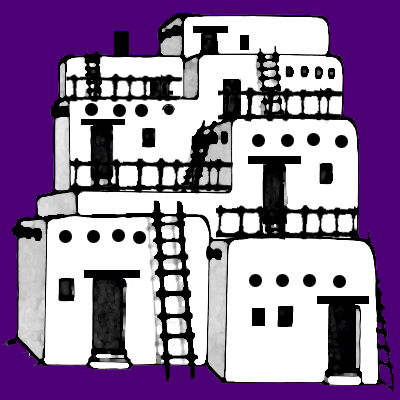Investing in Rental Properties
 If you are looking to diversify investments, you’ll want to consider investing in rental properties by adding rental properties to your investment portfolio early in 2017.
If you are looking to diversify investments, you’ll want to consider investing in rental properties by adding rental properties to your investment portfolio early in 2017.
In Santa Fe and Taos county, rentals are scarce, rates are high, and homes with garages are even more rare. Locals and newcomers alike compete for non vacation rentals. While there is a high amount of vacation rentals, long term rentals are few and far between. The rental market has been steadily climbing, throughout the downturn in the economy and now in its upturn.
This is a very good time to invest in rental properties in Santa Fe and Taos county! Below is an interesting article that supports rental investing, enjoy! ~Dianne McKenzie
From National Association of Realtors
“Rental property is an especially hot investment right now, and for good reason. While house flipping is largely speculative and depends on short-term appreciation and increasing property values, rental property is a more sure and steady investment option. You can generate solid monthly income in the form of rental payments while at the same time experiencing the benefits of long-term appreciation.
Industry experts and analysts say now is an excellent time to own rental property, and many investors are snatching them up right and left. Demand for rentals is at an all-time high and expected to grow into the future. According to the Urban Institute, nearly two-thirds of the households that are formed between the years 2010 and 2030 are expected to be in rental housing.
Here are some tips for how to talk to investors about why now is a great time to get started with rental property.
Fewer People Are Buying Homes
Consumers may be holding off on home purchases by choice or necessity. Though experts are divided on what exactly is causing homeownership rates to drop, it’s safe to say that affordability is one of the main reasons that first-time buyers are having a hard time getting onto the housing ladder.
For many, renting is the only fiscally reasonable option. Housing prices are skyrocketing, especially in high-demand areas, while wages have stagnated, and those who have poor credit history or are struggling to save up for a deposit are finding it all but impossible to buy. This is especially true when it comes to cash-strapped millennials, who form the largest percentage of renters. Many of them are graduating from college with significant student loan debt.
But it’s not just financial considerations that are at play: Attitudes toward renting are shifting, and it no longer carries the stigma that it once had. There’s also a small but growing minority known as “lifestyle renters” — people who could afford to buy but choose not to, preferring freedom from home repairs and maintenance over the commitment of a mortgage.
Laurie Goodman, co-director of the Housing Finance Policy Center at the Urban Institute, told National Public Radio in July that the dip in homeownership among younger generations is “a permanent shift.” She referenced a study by Fannie Mae showing that homeownership has fallen 6 percent since 2000 among young, college-educated, upper-income white families. “And that sort of best captures the subtle change in attitudes towards homeownership,” Goodman said, “because this is a group for whom there’s no reason not to be homeowners.”
The Rental Market is Booming
With rental demand growing, the Census Bureau recorded a drop in the homeownership rate to 62.9 percent in the second quarter of 2016. That’s the lowest it’s been in more than 50 years. Meanwhile, 36.4 percent of U.S. households were in rental housing in 2015 — the largest share since the late-1960s. Over the last 10 years, the number of renter households expanded by 9 million.
Demand for single-family rental housing is particularly high. The single-family sector has traditionally housed about 30 percent of the nation’s renters, but today, its share of the market now stands at 35 percent, or 14.8 million households.
This growing demand has contributed to increasing rental prices. Rents increased 3.6 percent in 2015, according to the Joint Center for Housing Studies’ Consumer Price Index. And over the last 10 years, average rents in the top 50 markets have risen 22.3 percent. Meanwhile, vacancies are low, dropping to just 7.1 percent in 2015 — its lowest point since the mid-1980s. The long-term forecast looks good for rental property investors.
How to Capitalize on the Growing Demand for Rentals
If you are still toying with the idea of investing in real estate, you’re not too late to the table. It’s true that there are fewer deals today than there were immediately following the recession, but there are still bargains to be had if you know where to look. If your real estate broker has connections, use them. If you’re familiar with local markets, use that knowledge to gain an advantage.
While managing rental property used to involve a significant amount of work, that’s no longer the case. Many real estate investors are now hiring professional property management companies — which is another service your brokerage could offer. This allows you to outsource the day-to-day management responsibilities and all of the work with tenant sourcing and screening. It also frees you up to focus on your investment strategies and grow their portfolios.
Don’t wait too long before diving into this niche. Rental demand is currently sky high, and rental prices are only going up. Many investors are jumping onboard and snatching up properties, and now is your chance to capitalize on the growing demand.” By Kevin Ortner

